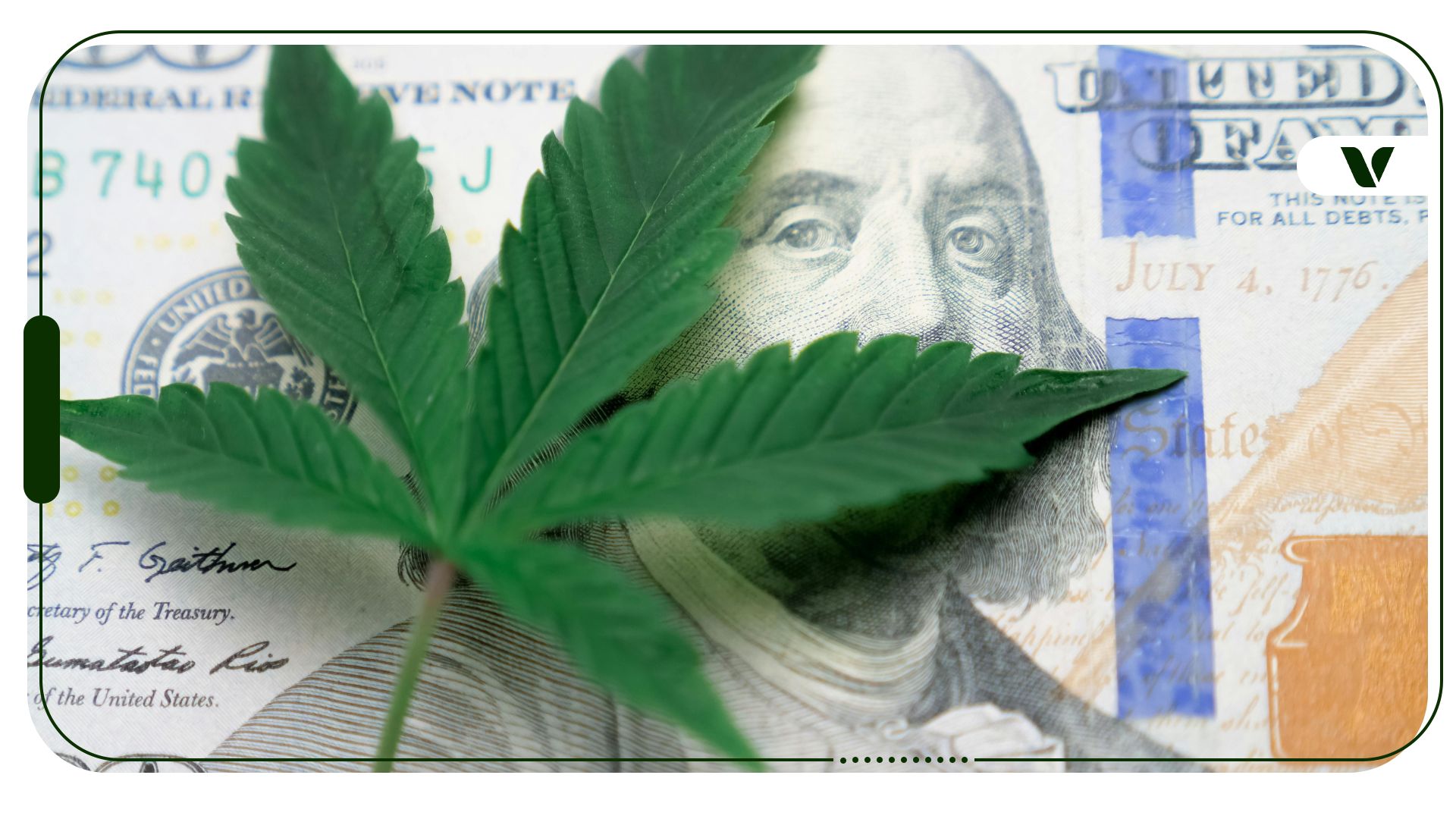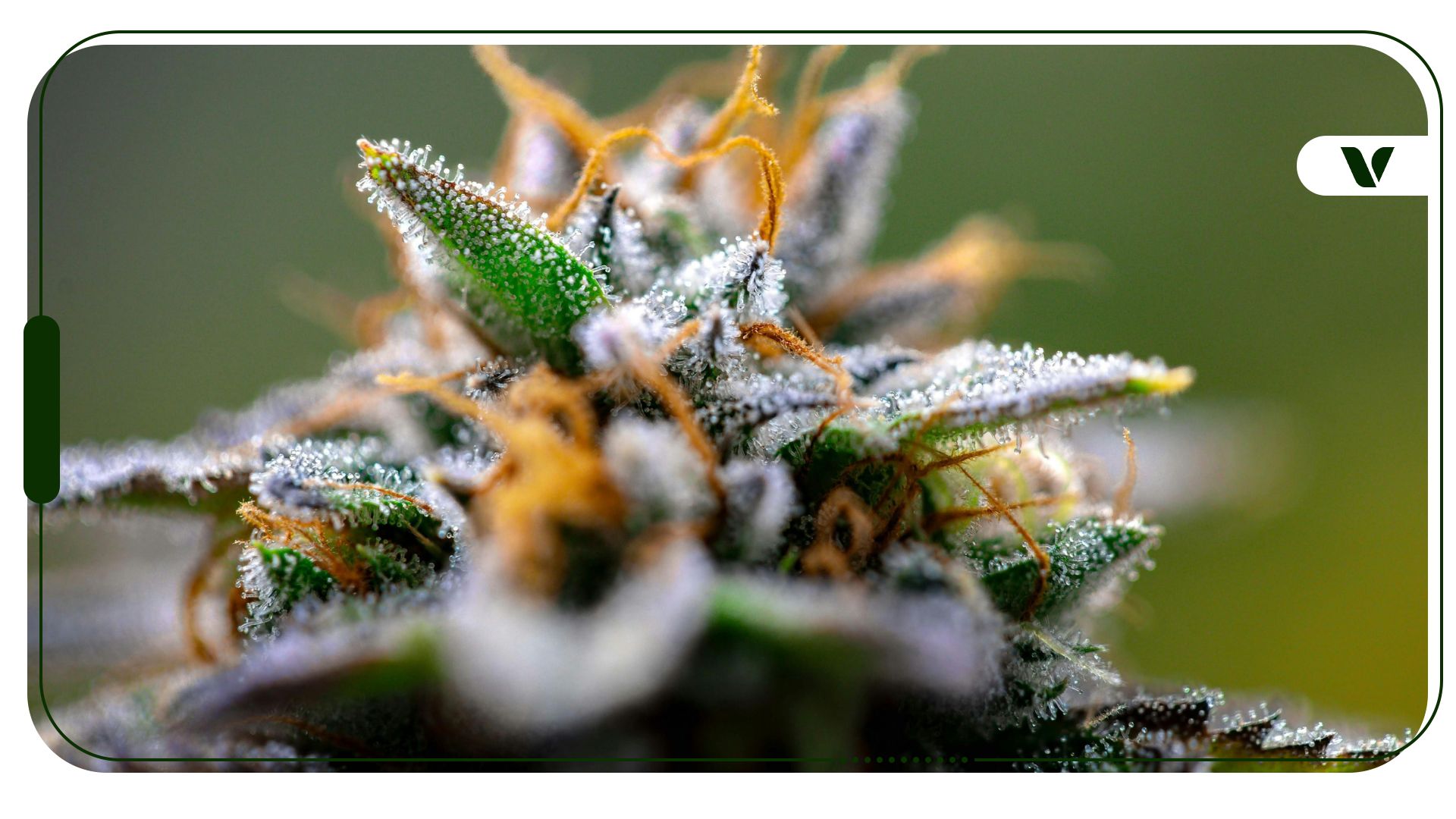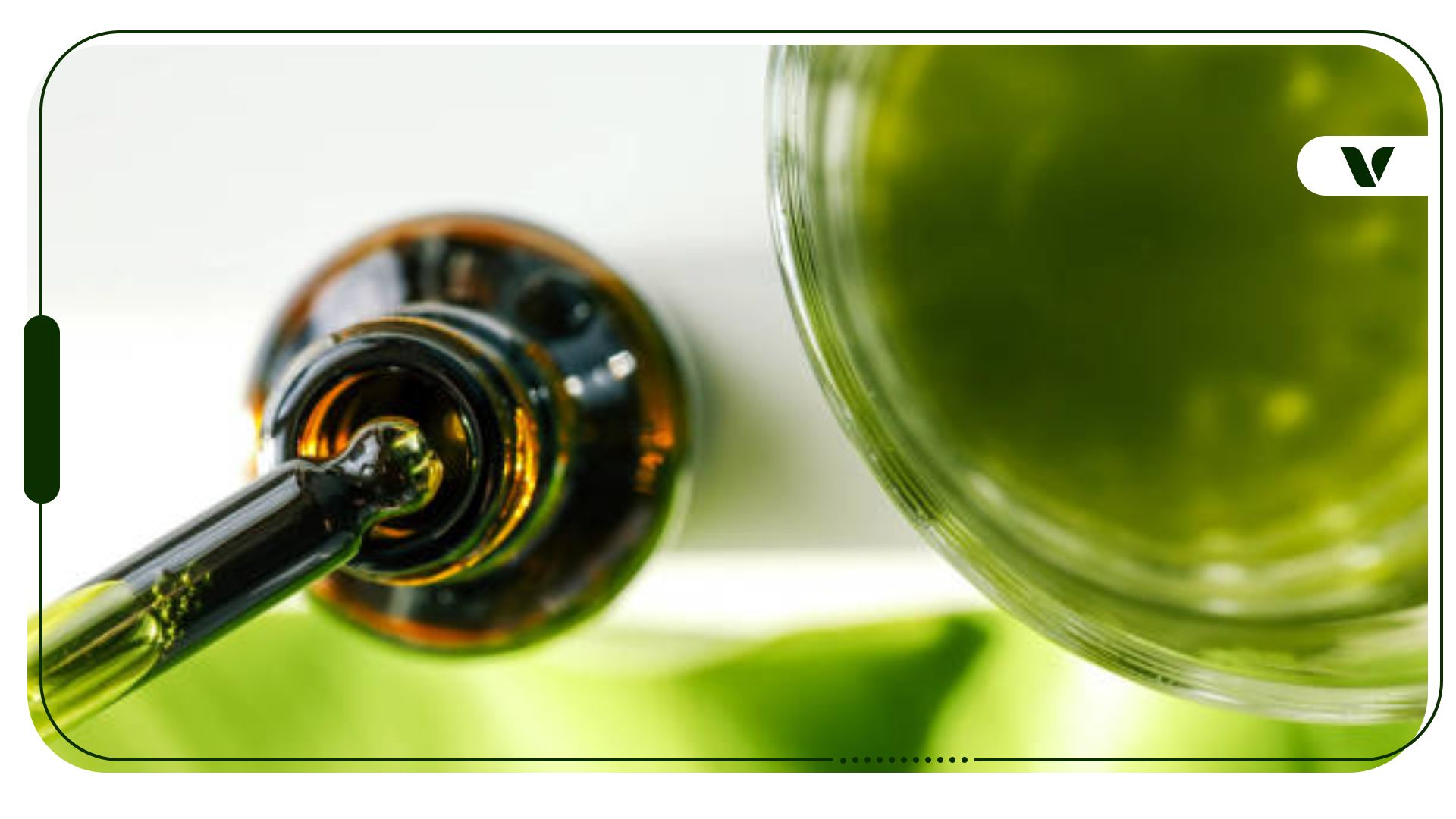When it comes to utilizing cannabis for its medicinal properties, one of the most common ailments patients are looking to address are related to pain. Be it chronic pain, acute pain, neuropathic pain, or pain from an injury or associated with a different condition, what works for one pain patient may not for another. For this reason, we are going to take a look at some of the aspects of cannabinoid-based therapies that will help those looking to utilize cannabis for pain management more successful in their endeavors.
Ways to Utilize Cannabis Products for Pain Management
Cannabis isn’t just smoking the flower or vaping cannabis extracts. In fact, there are many other ways to utilize cannabis, especially for pain management and prevention. Let’s take a closer look at a few of the ways you can consume cannabis for pain relief other than smoking or vaping.
Topical and Transdermal Products
Topical and transdermal cannabis products are abundant in legal markets today. These products are applied directly to the skin in the form of a lotion, cream, or salve and in some cases, an infused patch. These types of cannabis products vary in strength and allow patients to target areas of pain directly, and in most cases, there are absolutely no intoxicating effects. Topical and transdermal products for pain management are a very discreet way of utilizing cannabis-based therapies as well as anywhere you go!
Cannabis-Infused Edibles
Like topical and transdermal products, cannabis-infused edibles are an easy and discreet way to medicate. Cannabis-infused edibles such as foods and beverages offer a great way to microdose with cannabis throughout the day. So, for someone who can not easily smoke or vape throughout the day to maintain pain management, edibles are a great alternative.
Cannabinoids from edibles are absorbed through the digestive tract and may take up to 2 hours to take effect. For this reason, it is always advised to wait at least 2 hours to see how a product will affect you before ingesting more. The results from cannabis-infused edibles, however, are said to last much longer and provide more intense effects than other consumption methods and applications.
Cannabis Capsules and Sublingual Tinctures
Cannabis capsules and sublingual tinctures are another great way to medicate with discreteness. Just like “traditional medicines” in which you would place under the tongue or simply swallow, activated cannabis capsules and sublingual tinctures are taken in the same manner. Many prefer this method of consumption as it allows for precise dosing that can be tailored to your specific needs. With the right supplies, tools, and a little patience, you can also make these products safely at home!
Cannabis Suppositories
For those suffering from abdominal or GI related pain, there are even cannabis suppositories on the market today as well as molds that allow you to make them in the privacy of your own home. These cannabis products are utilized in the same manner as other suppositories. They are believed to better target pain associated with IBS, Crohn’s, and many other pains located in the abdominal area.
Terpenes for Pain Management
Cannabis is a very complex plant made up of various compounds. One of these components is what is known as terpenes. Terpenes provide plants of all sorts with their distinct flavors and aromas are very prevalent in cannabis varieties. They also hold a plethora of medical benefits, some of which can be of great value to patients looking for pain relief.
When it comes to choosing a cannabis product for your pain, terpene contents could prove to be a vital aspect. Let’s take a closer look at the terpenes you should be looking for in products for pain management.
Beta-Caryophyllene
According to research performed on mice, when caryophyllene was introduced to the body, it was proven that it could not only provide pain relief, but it could also increase the pain-relieving effects of low-dose morphine. According to some, this could be why opioid use is often decreased in patients when medical cannabis is introduced to their treatment. Caryophyllene has also been proven to help reduce inflammation associated with various medical conditions.
Additionally, it activates the CB2 receptors in the body’s endocannabinoid system, helping to protect the entire body, including the brain from disease. In one study, the activation of CB2 receptors by caryophyllene reduced the “hallmark features” of Alzheimer’s disease.
Myrcene
Myrcene is excellent for pain as it is believed to be a powerful sedative when consumed in the proper concentrations. A 0.5% myrcene content could be all that is needed to bring about sedative effects according to some. Studies in both humans and mice have shown that this terpene reduces the perception of pain. In osteoarthritis focused research study from 2015, it was also demonstrated that myrcene could help reduce inflammation, a critical underlying cause of pain for many.
Linalool
Linalool, a terpene most commonly associated with Lavender, has been proven time and time again to provide anti-inflammatory and sedating effects. This terpene is also believed to have the ability to replace opioids in traditional pain treatment plans.
Cannabinoids for Pain Management
Phytocannabinoids found in the cannabis plant work directly with the body’s endogenous endocannabinoid system to help create a state of homeostasis throughout the body. When this major bodily system becomes malnourished and becomes deficient, it is believed to play a direct role in the onset of many different ailments and conditions, including many related to pain sensations.
There are, at the very least, 113 various cannabinoids that have been successfully isolated from the cannabis plant thus far. However, in general, we know very little about many of them. The most prevalent cannabinoids found in the cannabis species, however, we know much about. Let’s take a closer look at which of these cannabinoids can help in pain management.
THC
When it comes to pain, THC is your friend. This well-known cannabinoid is also the one that gives cannabis its widely known intoxicating effects. On various occasions, THC has been proven to provide analgesic effects. In many states where medical cannabis has been legalized, there has also been a decrease in the number of both opioids prescribed as well as opioid-related deaths.
CBD
CBD is widely known for its anti-inflammatory effects. Inflammation is one of the leading underlying causes of pain. CBD, unlike THC, does not produce intoxicating effects; therefore, it is quickly gaining popularity in the role that it can play in pain treatment.
Do you suffer from chronic pain? Has cannabis helped you? Let us know about your experiences in the comments below!
Author, Share & Comments







